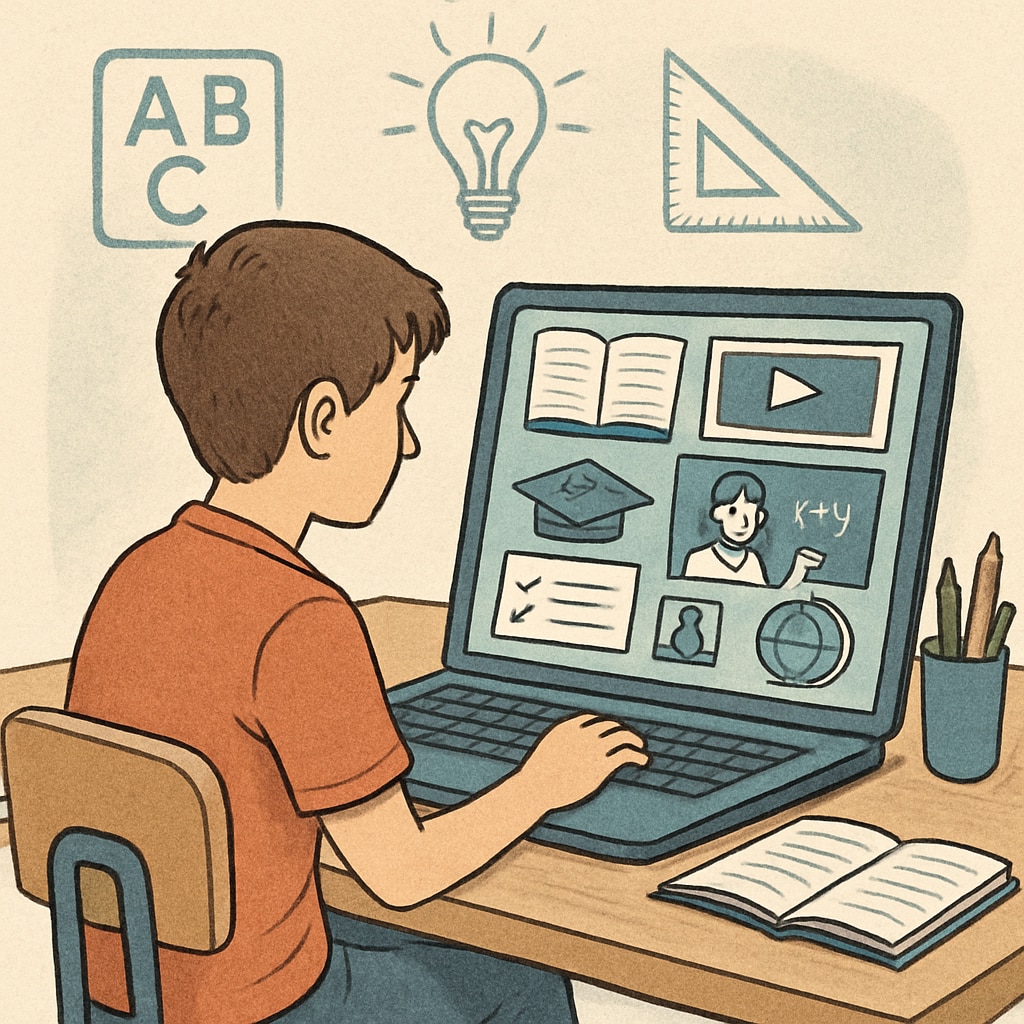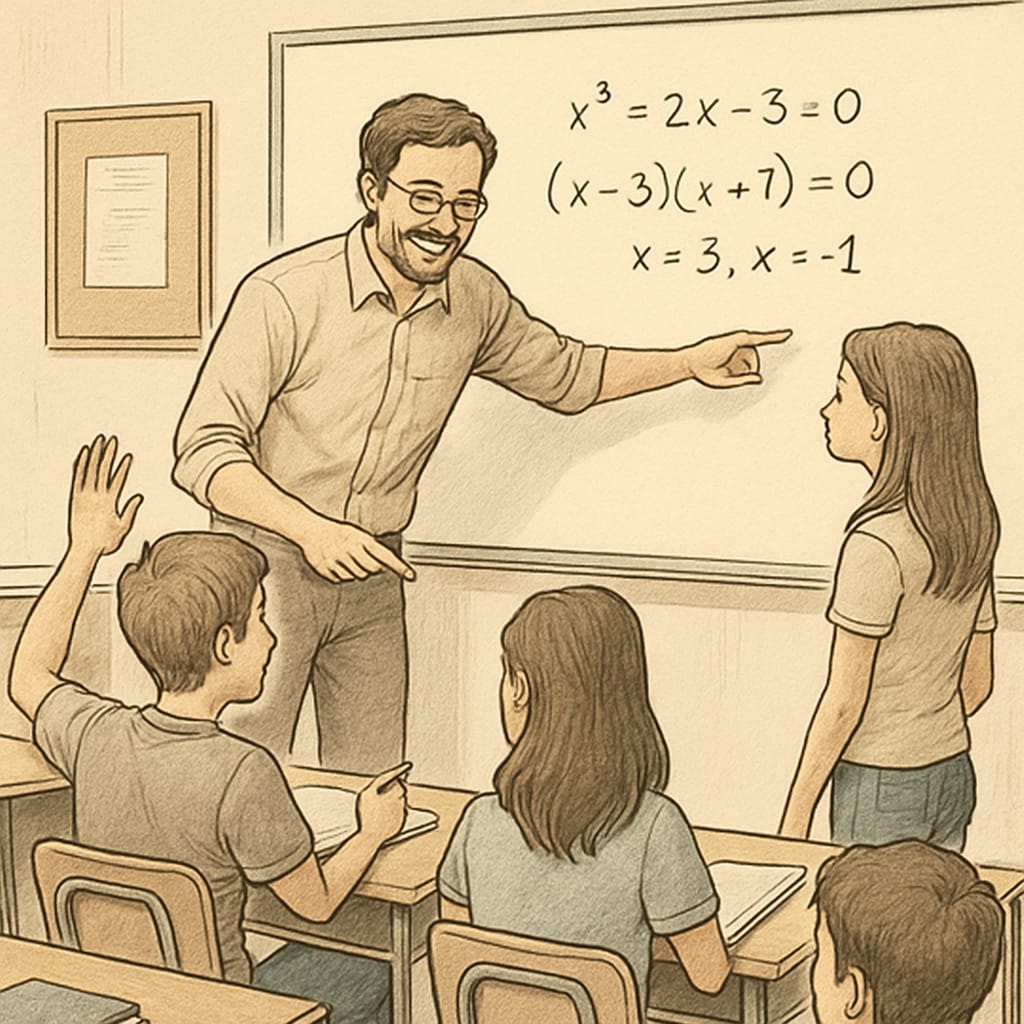As high school students prepare for higher education or career paths, finding reliable off-campus learning resources becomes an essential part of their journey. Whether it’s through free online platforms, paid education courses, or local tutoring centers, these resources can complement their school studies and drive academic success. This article will serve as a comprehensive guide to help students and their families explore the best education courses and resources available beyond the classroom.
Exploring Online Learning Platforms
In the digital age, online platforms have become a cornerstone of education. They offer flexibility, accessibility, and a wide array of topics to explore. From video lectures to interactive quizzes, these platforms cater to various learning styles. Some popular online resources include:
- Coursera: Offers courses from top universities and organizations, many of which are free to audit. Visit Coursera
- Khan Academy: Provides free lessons on subjects such as math, science, and history. Visit Khan Academy
- Udemy: Features affordable courses on diverse skills, from coding to creative writing. Visit Udemy
These platforms cater to both academic subjects and practical skills, allowing students to choose resources that align with their goals.

Offline Institutions: Local Tutoring Centers and Study Groups
While online platforms offer convenience, offline institutions provide personalized, face-to-face interactions. Local tutoring centers often specialize in preparation for standardized tests, subject-specific tutoring, or advanced placement (AP) courses. Some advantages of offline learning include:
- Individualized attention from experienced tutors
- Structured schedules that promote discipline
- Access to peer study groups for collaborative learning
Additionally, students can participate in community programs, such as library workshops or academic clubs, to further enhance their learning experience.

Balancing Costs: Free vs. Paid Resources
When choosing off-campus learning resources, cost is an important factor. Fortunately, there are options for every budget:
- Free Resources: Platforms like Khan Academy and YouTube offer high-quality educational content at no cost.
- Affordable Options: Websites like Udemy frequently offer discounts, making it easier for students to access premium courses.
- Premium Services: Institutions like The Princeton Review provide comprehensive packages for test prep and college admissions support.
Students should evaluate their specific needs and goals to determine the right mix of free and paid resources.
Tips for Choosing the Right Resource
With so many options available, it can be challenging to decide which resource to invest time and energy into. Consider the following tips:
- Identify Your Goals: Are you preparing for exams, learning a new skill, or deepening your understanding of a subject?
- Assess Your Learning Style: Do you prefer self-paced online courses or guided face-to-face sessions?
- Consider Recommendations: Reviews and testimonials can provide insights into the quality of a resource.
- Set a Budget: Determine how much you are willing to spend on supplementary education.
By aligning resources with individual goals and preferences, students can maximize their learning outcomes.
Ultimately, off-campus learning resources play a significant role in empowering high school students to take charge of their education. By leveraging a mix of online platforms, offline institutions, and cost-effective options, students can build a solid foundation for their future endeavors.


